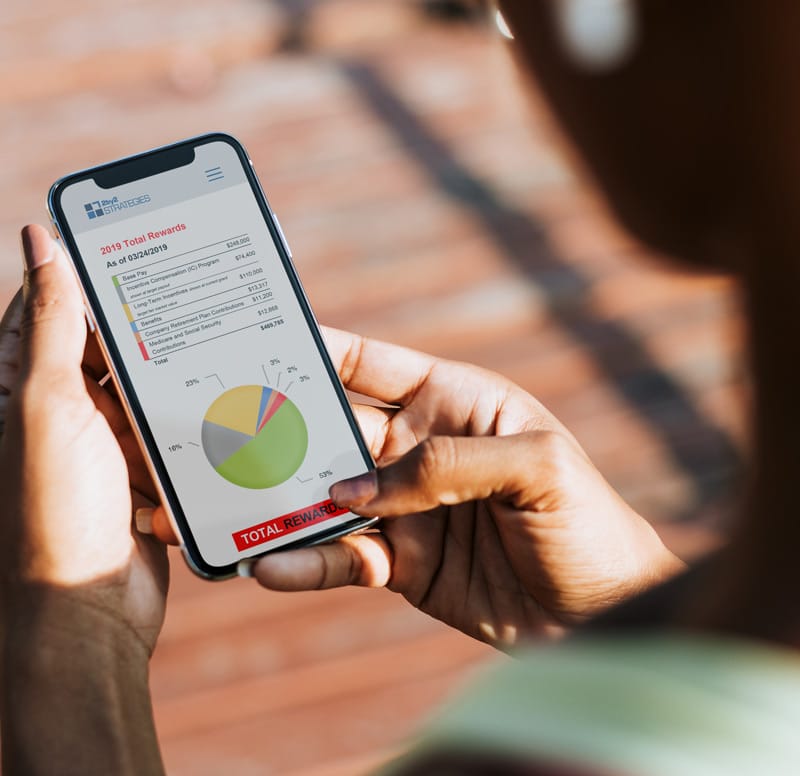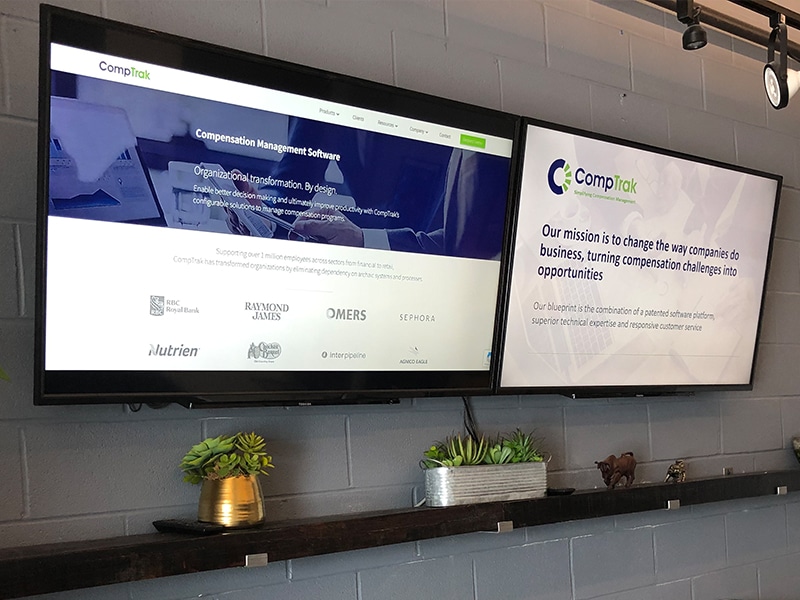There’s no question about it: The digitization of the marketplace is in full swing. Those working in retail are bound to feel the sting most sharply, as digital platforms attempt to cannibalize their sales. Fortunately, it’s possible for companies to use certain technological advances to their advantage—and to the benefit of their employees.
88% of chief HR officers say they need to invest in three or more technologies over the next two years.
About Digital Transformation

Bear in mind that no matter how far the digital revolution goes, there’s one element of the shopping experience that can never be replaced by bytes and pixels: The physical nature of the transaction itself. A customer who’s shopping for goods is still seeking to take possession of those goods, whether the transfer happens sooner or later. Therefore, the retail industry will always require employees to ensure that the transactions go smoothly. It’s up to the employer to cultivate a thriving workforce—one that encourages employees to perform to their highest standards. That’s where digital compensation management systems come in.
Creating a More Enjoyable Employee Experience
While performance-based bonuses and incentives are always appreciated, they’re more effective if the employee knows exactly what he or she did to deserve the reward. The company can make its expectations known and administer bonuses on preapproved dates, but this bare-bones approach doesn’t provide workers with much personal feedback. When employees are able to track their successes, they’re more likely to repeat them, leading to a more positive work environment and lower staff turnover. Conversely, if an employee isn’t performing up to the preferred standard, they should have a chance to redeem themselves before the bonuses are calculated.
Organizations that ranked in the top 25% for workforce experience, comparatively provided their employees with 66% more digital capacity to engage the organization than those organizations in the bottom 25%.
How Does the Online Statement Portal Work?
Of course, it’s not realistic to expect employers to direct a constant flow of encouragement toward each and every employee in the company. When the process is digitized, workers can use their smartphones or tablets to access their most current performance reviews and total rewards statements at any hour of the day or night. They can also research any other compensation programs that might be available, which could help to foster their long-term goals within the company.

The total rewards statements don’t have to be entirely compensation-related, either. Digital records can be used to display many types of employment benefits, from staff discounts to insurance enrollment to retirement contributions. If the company offers tuition reimbursement programs, employees can check the status of their eligibility online. All in all, the digital platform should provide workers with the motivation they need to devote their very best to the company.
Click here for your Complete Guide to Total Reward Statements
Taking Advantage of the FOMO Effect
If there’s one lasting side effect of the digital transformation, it’s the notorious FOMO—a “Fear Of Missing Out.” The upshot of FOMO is that people will consistently check their devices to find out what’s been happening since the last time they checked in. The addictive nature of computers has helped to fuel sales since the devices were first invented. But is there a way for companies to make this work to their advantage? 
Any other basic expectations can be underlined as well, but employers should take care not to stray too far off-topic. Remember that the company culture and the brand—the customer’s response to the products and services offered—should naturally intertwine, rather than running parallel to each other.
The Long-Term Plan
Best of all, a digital platform makes it easier to track an individual’s success over time. While payroll reports might provide some basic information about monetary compensation, they fail to convey the specifics of what the worker did to deserve the reward. Even if the payroll information is online as well, it can take time to filter the reports, which provide only a vague outline and not the full picture. A glance at the employee’s online incentive history can bring administrators up to speed. Since this saves valuable time, it can even help to cut down on payroll costs.
To learn more about this transformation and its overall impact on the sales community, read the full white paper on the Digitalization of the Retail Workforce.
Click here for Digital Transformation of Retail Workforce White Paper












